The best time to golf in Ireland is generally from late spring to early autumn, with most courses are around May through September.
Best time to play golf depends on various factors like weather, crowds, and budget. From January's chilly temperatures to December's frosty conditions, each month presents its challenges and charms. May to September typically boasts milder weather and fewer rain showers, making it the prime golfing season. However, June and July can get crowded due to peak tourist influx.
Planning tee times during weekdays and booking accommodations and rounds in advance can help mitigate crowds and costs. Ireland's top courses, including Old Course at Ballybunion and Lahinch Golf Club, offer challenging layouts amidst stunning scenery. While golfing expenses can add up, opting for off-peak periods, package deals, and twilight rates can help manage costs. Planning a golf trip involves choosing the best courses around, arranging transportation, and exploring Ireland's attractions.
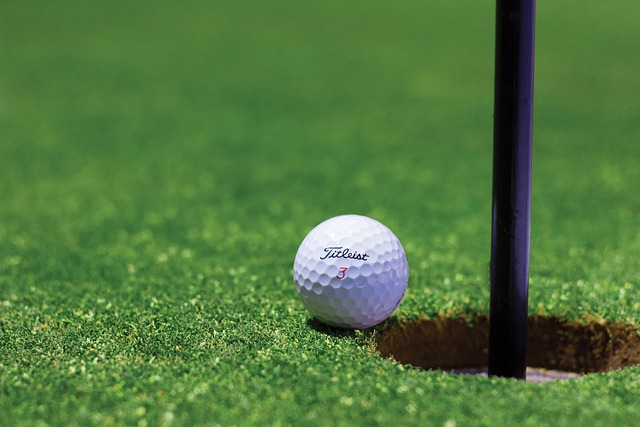
How to Choose the Best Time to Golf in Ireland?
To choose the best time to golf in Ireland, consider weather, crowds, and budget. Optimal weather conditions typically occur from May to September, with milder temperatures and less rainfall. However, June and July tend to be crowded due to peak tourist season. Off-peak periods, like September to May, offer quieter courses and more affordable rates.
Booking tee times on weekdays and avoiding weekends and public holidays can further reduce crowds. Regarding budget, consider package deals, early bird discounts, and twilight rates to manage expenses. By weighing these factors and planning accordingly, you can maximize your golfing experience in Ireland.
Planning on visiting Ireland? Here are Best Things To Do In Dublin Ireland: In Depth Guide for 2024

Monthly Weather Conditions to Play Golf in Ireland
Ireland's weather is famously unpredictable, but understanding the general climate patterns can help you plan your golfing trip more effectively. Here's a breakdown of the weather conditions you can expect each month:
January
January is typically one of the coldest months in Ireland, with average temperatures ranging from 4°C to 8°C. While daylight hours are limited, you can still enjoy a round of golf if you don't mind braving the chill.
February
February sees similar temperatures to January, but with slightly longer daylight hours. It's still a quiet month for golfing, making it a good time to avoid crowds.
March
March marks the beginning of spring in Ireland. While temperatures start to rise slightly, expect frequent rain showers and gusty winds. However, with the arrival of spring, you'll begin to see the landscape come to life with vibrant greenery.
April
April brings milder temperatures and longer daylight hours, making it a popular time for golfing. However, be prepared for occasional rain showers and variable weather conditions.
May
May is considered one of the best months for golfing in Ireland. With longer days, milder temperatures, and less rainfall, you'll have optimal conditions for hitting the links.
June
June offers the golf balls some of the longest daylight hours of the year, allowing for extended golfing sessions. However, it's also a busy month for tourism, so be sure to book your tee times and accommodations in advance.
July
July is peak tourist season playing golf in Ireland, with warm temperatures and plenty of sunshine. While this makes for ideal golfing conditions, be prepared for crowded courses and higher prices.
August
August offers similar weather conditions to July, with warm temperatures and long daylight hours. If you don't mind the crowds or bad weather, it's still a great time to enjoy a round of golf in Ireland.
September
September marks the transition to autumn, with slightly cooler temperatures and fewer crowds compared to the summer months. It's an excellent time to enjoy the beauty of Ireland's stunning landscapes without the hustle and bustle of peak season.
October
October brings cooler temperatures and shorter days, but the autumn foliage adds a picturesque backdrop to your golfing experience. Be prepared for the possibility of rain and windy conditions.
November
November sees a decline in temperatures and daylight hours, making golfing less appealing for some. However, if you don't mind the chill, you can still enjoy a round or two before winter sets in.
December
December is the coldest month of the year in Ireland, with temperatures often dipping below freezing. While golfing may not be as popular during this time, you can still find die-hard enthusiasts braving the elements on the course.
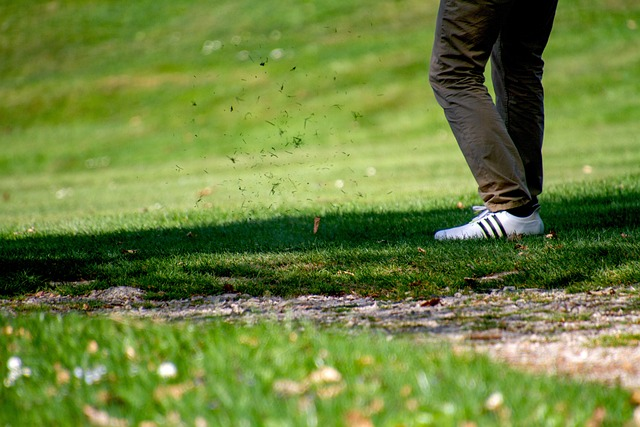
What are the Best Golf Courses in Ireland?
Best Golf courses in Ireland are Old Course at Ballybunion, Royal County Down Golf Club, Tralee Golf Club, Portmarnock Golf Club, and Lahinch Golf Club. Ballybunion's Old Course, nestled on Ireland's southwest and east coast both, boasts global acclaim for its dramatic dunes and challenging layout, drawing avid golfers worldwide. Royal County Down Golf Club, set against the majestic Mountains of Mourne, offers picturesque scenery and demanding links, testing players' skills with undulating fairways and fast greens.
Tralee Golf Club, whose iconic courses first envisioned by Arnold Palmer, captivates golfers with breathtaking views of the rugged coastline, complemented by dramatic elevation changes and strategic bunkering. Portmarnock Golf Club, near Dublin, exudes historical charm and tradition, featuring a classic links layout and impeccable conditions that appeal to golf enthusiasts.
Lahinch Golf Club, situated along the west coast, is renowned for its towering dunes and rugged terrain, providing a challenging yet visually stunning golfing experience with world-class amenities. These top Irish courses offer a blend of natural beauty and challenging layouts, with challenging courses and promising unforgettable golfing adventures for players of all levels.
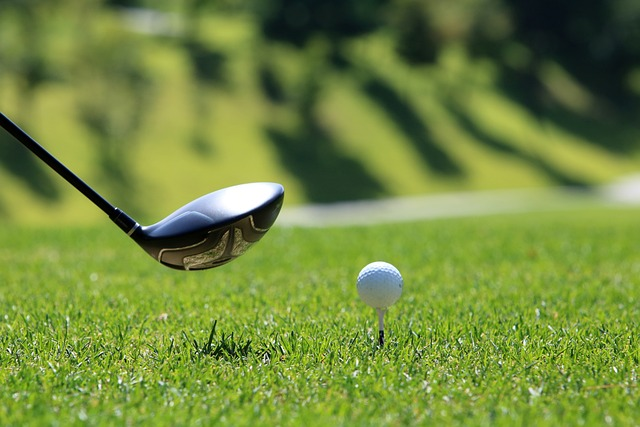
-
Old Course at Ballybunion: Located on the stunning southwest coast of Ireland, the Old Course at Ballybunion is consistently ranked among the top courses in the world. With its dramatic dunes and challenging layout, it's a favorite among golfing enthusiasts.
-
Royal County Down Golf Club: Nestled at the foot of the majestic Mountains of Mourne, Royal County Down is renowned for its stunning scenery and challenging links. With its undulating fairways and fast greens, it's a true test of skill for any golfer.
-
Tralee Golf Club: Designed by the legendary Arnold Palmer, Tralee Golf Club offers breathtaking views of the rugged Irish coastline. With its dramatic elevation changes and strategic bunkering, it's sure to provide an unforgettable golfing experience.
-
Portmarnock Golf Club: Located just outside Dublin, Portmarnock Golf Club is steeped in history and tradition. With its classic links layout and pristine conditions, it's a must-visit for any golfing aficionado.
-
Lahinch Golf Club: Situated on the stunning west coast of Ireland, Lahinch Golf Club is famous for its towering dunes and challenging terrain. With its natural beauty and world-class facilities, it's a favorite destination for golfers from around the globe.
These are just a few of the many incredible golf courses that Ireland has to offer. Whether you're looking for a championship challenge or a leisurely round with friends, you're sure to find the perfect course to suit your preferences.
Visiting Portugal? Here is Portugal Itinerary 5-Days: Things To Do In Portugal
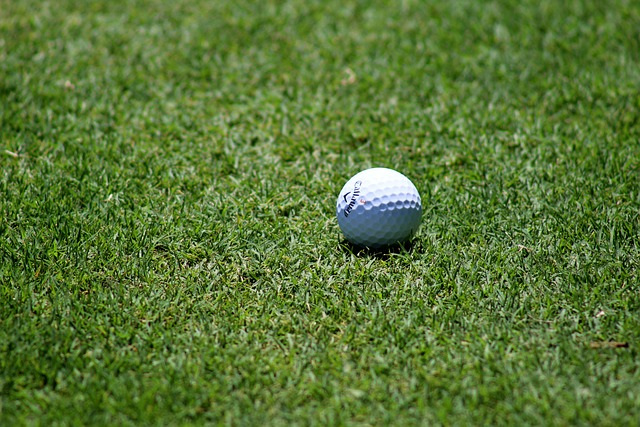
Peak and Off-Peak Periods for Golfing in Ireland
Understanding the peak and off-peak periods for golfing in Ireland can help you plan your trip more effectively and avoid crowds. Peak periods typically coincide with the summer months, while off-peak periods offer quieter courses and more affordable rates. Here's a general overview of peak and off-peak periods:
Peak Periods:
-
June to August: Peak tourist season in Ireland, with warm temperatures and long daylight hours.
-
Weekends and public holidays: Courses tend to be busier on weekends and public holidays, especially during peak tourist season.
Off-Peak Periods:
-
September to May: Cooler temperatures and fewer tourists make this an ideal time for golfing in Ireland.
-
Weekdays: Courses are typically quieter on weekdays, making it easier to secure tee times and enjoy a leisurely round.
By planning your golfing trip during off-peak periods such thing off or shoulder season, you can avoid the crowds and enjoy a more relaxed experience on the course.

Is Golf Expensive in Ireland?
Golfing in Ireland can be a pricey endeavor, especially if you're playing at some of the country's top courses. However, there are ways to enjoy the sport without breaking the bank. Here are a few tips for saving money on your golfing trip to Ireland:
-
Play during off-peak periods: Rates are often lower during off-peak periods, so consider planning your trip during the shoulder seasons or winter months.
-
Look for package deals: Many golf courses and resorts offer package deals that include accommodations, meals, and rounds of golf at discounted rates.
-
Book tee times in advance: By booking your tee times well in advance, you can take advantage of early bird discounts and secure preferred tee times.
-
Consider playing at less renowned courses: While Ireland is famous for its world-class golf courses, there are also many hidden gems that offer excellent value for money.
-
Take advantage of twilight rates: Many courses offer discounted rates for twilight golf, allowing you to enjoy a round at a fraction of the cost.
By being savvy with your golf vacation planning and booking, you can enjoy the beauty of Ireland's golf courses without breaking the bank.
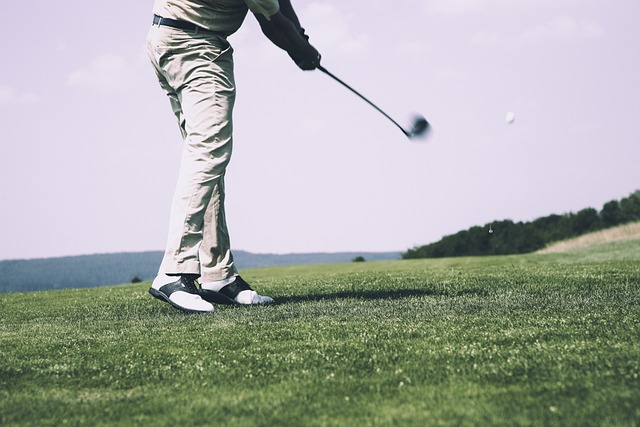
How Much Does a Golf Trip to Ireland Cost?
The cost of a golf trip to Ireland can vary widely depending on factors such as accommodation, transportation, green fees, and dining expenses. Here's a general breakdown of the costs you can expect to incur:
-
Accommodation: The cost of accommodation will depend on the type of lodging you choose, ranging from budget-friendly hostels to luxury resorts. On average, you can expect to pay anywhere from €50 to €300 per night for accommodation.
-
Green fees: Green fees can vary significantly depending on the course and time of year. Expect to pay anywhere from €50 to €200 or more for a round of golf at a top-tier course.
-
Transportation: If you're flying to Ireland, airfare will likely be one of your biggest expenses. In addition to flights, you'll also need to budget for transportation within Ireland, whether it's renting a car, taking trains, or hiring a driver.
-
Dining: Dining expenses will vary depending on your preferences and dining habits. On average, you can expect to pay around €10 to €30 per meal at a mid-range restaurant.
-
Miscellaneous expenses: Don't forget to budget for other miscellaneous expenses such as golf club rentals, caddie fees, tips, and souvenirs.
Overall, a golf trip to Ireland can cost anywhere from a few hundred euros to several thousand euros, depending on your own clubs, preferences and priorities. By planning ahead and budgeting wisely, you can enjoy a memorable golfing experience without breaking the bank.
Looking for a beach Holiday? Here are Best Beaches in Madeira, Portugal To Visit In Portugal
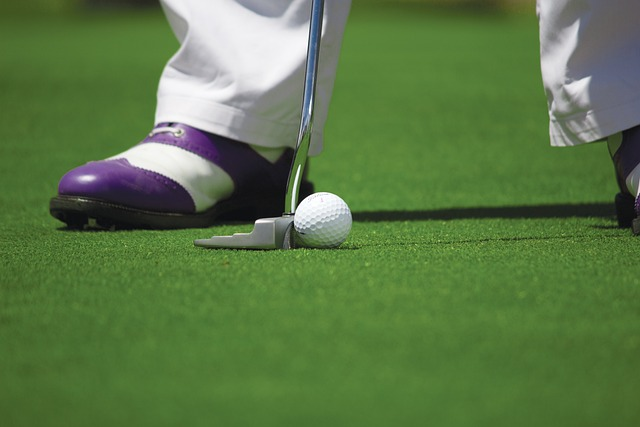
How to Plan a Golf Trip to Ireland?
Planning a serious golfing adventure trip to Ireland requires careful consideration and attention to detail. Here are some steps to help you plan the perfect golfing getaway:
-
Choose your travel dates: Consider factors such as weather, peak and off-peak periods, and your personal schedule when choosing your travel dates.
-
Select your golf courses: Research the various golf courses in Ireland and choose the ones that best suit your preferences and skill level.
-
Book accommodations: Whether you prefer a cozy bed and breakfast or a luxurious resort, be sure to book your accommodations well in advance to secure the best rates and availability.
-
Arrange transportation: Decide how you'll get around Ireland, whether it's by renting a car, taking public transportation, or hiring a driver.
-
Book tee times: Once you've chosen your golf courses, be sure to book your tee times well in advance to avoid disappointment.
-
Pack accordingly: Be sure to pack appropriate clothing and gear for golfing in Ireland, including waterproofs, layers, and sturdy footwear.
-
Plan non-golf activities: While golf may be the main focus of your trip, be sure to leave some time for exploring Ireland's other attractions, such as its historic sites, scenic landscapes, and vibrant cities.
By following these steps and planning ahead, you can ensure a smooth and enjoyable golfing experience in Ireland.
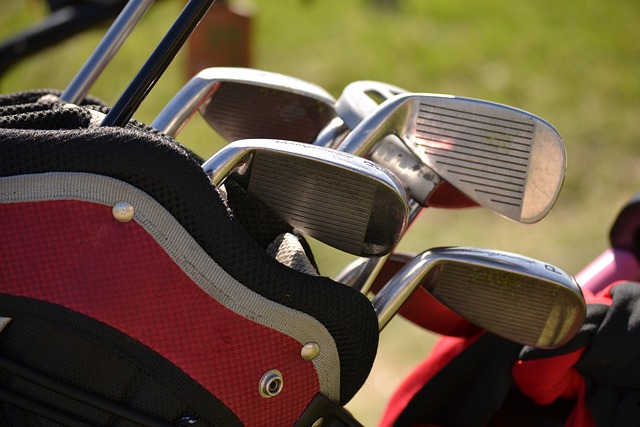
Are There Any Golf Tournaments in Ireland?
Ireland hosts several prestigious golf tournaments throughout the year, attracting top players from around the world. Here are a few notable tournaments to keep an eye out for:
-
Irish Open: The Irish Open is one of Europe's oldest and most prestigious golf tournaments, featuring top players from the European Tour. It typically takes place in July or August at various courses throughout Ireland.
-
Dubai Duty-Free Irish Open: Sponsored by Dubai Duty-Free, this annual tournament attracts top players and offers substantial prize money. It's a highlight of the Irish golfing calendar and draws large crowds of spectators.
-
Lahinch Pro-Am: Held at Lahinch Golf Club, this annual Pro-Am tournament attracts both professional and amateur golfers from around the world. It's a unique opportunity to play alongside some of the sport's biggest names.
-
Ladies Irish Open: Ireland also hosts several women's golf tournaments, including the Ladies Irish Open. This event showcases the talents of female golfers from around the globe and provides an exciting opportunity for fans to watch top-level competition.
These four seasons of links golf, are just a few of the many golf tournaments that take place in Ireland each year. Whether you're a player or a spectator, attending a golf tournament is a fantastic way to experience the excitement and camaraderie of the sport.
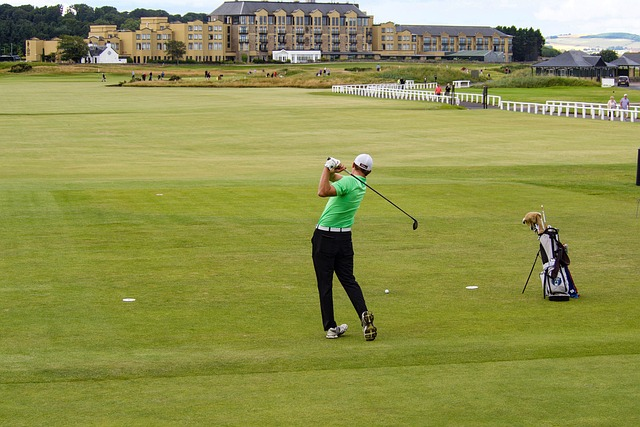
Tips to Maximize Golfing Experience in Ireland
To make the most of your golfing experience in Ireland, consider the following tips:
-
Book tee times in advance: Popular courses can fill up quickly, especially during peak season, so be sure to book your tee times well in advance to secure your preferred times.
-
Be prepared for the weather: Ireland's weather can be unpredictable, so be sure to pack layers, waterproofs, and sunscreen to stay comfortable on the course.
-
Embrace the challenge: Ireland's golf courses are known for their challenging terrain and unpredictable conditions, so embrace the challenge and enjoy the unique experience they offer.
-
Take time to explore: While golf may be the main focus of your trip, be sure to take some time to explore Ireland's other attractions, such as its historic sites, scenic landscapes, and charming villages.
-
Respect the course: Treat the golf course with respect by repairing divots, raking bunkers, and following any posted rules or regulations.
By following these tips, you can ensure a memorable and enjoyable golfing experience in Ireland. In conclusion, Ireland offers a unique and unforgettable golfing experience for players of all skill levels. By choosing the best time to golf, selecting the right courses, planning your trip effectively, and following these tips, you can ensure a memorable and enjoyable golfing getaway in the Emerald Isle.
FAQs On Best Time To Play Golf In Ireland
When is the best time to golf in Ireland?
The best time to golf in Ireland is typically during the spring and summer months, from May to September, when temperatures are milder and rainfall is less frequent.
Are golf courses crowded in Ireland?
Golf courses in Ireland can be crowded, especially during peak tourist season in the summer months. Booking tee times in advance and avoiding links courses on weekends and public holidays can help you avoid the crowds.
What should I wear for golfing in Ireland?
It's important to dress appropriately for golfing in Ireland, especially given the unpredictable weather. Be sure to pack layers, waterproofs, and sturdy footwear to stay comfortable on the course.
How much does it cost to golf in Ireland?
The cost of golfing in Ireland can vary depending on factors such as the course, time of year, the island golf club, and level of luxury. Green fees typically range from €50 to €200 or more per round, with additional expenses for accommodations, transportation, and dining.
Are there any golf tournaments I can attend in Ireland?
Yes, Ireland hosts several prestigious golf tournaments throughout the year, including the Irish Open, Dubai Duty-Free Irish Open, Lahinch Pro-Am, and Ladies Irish Open.
